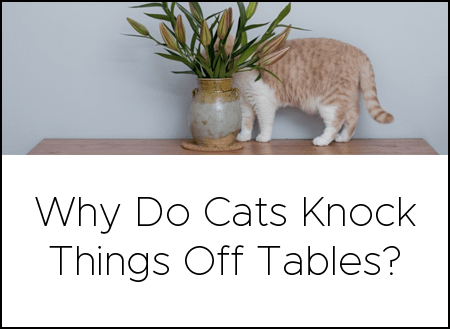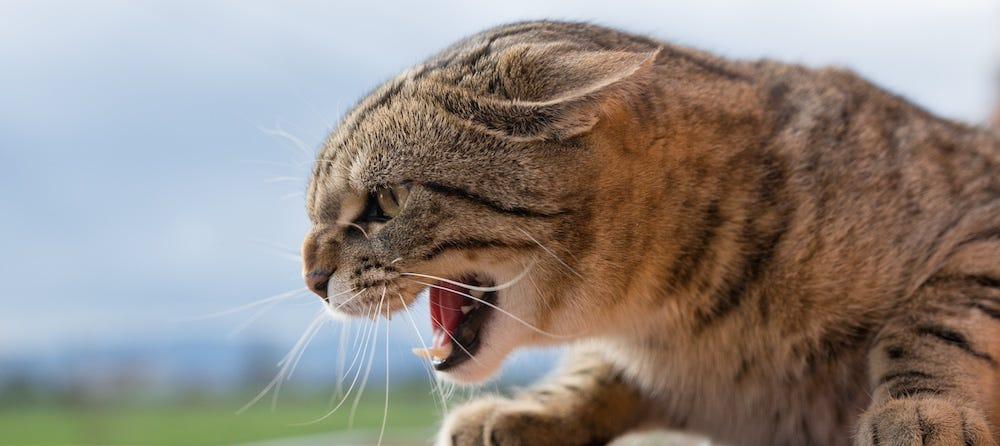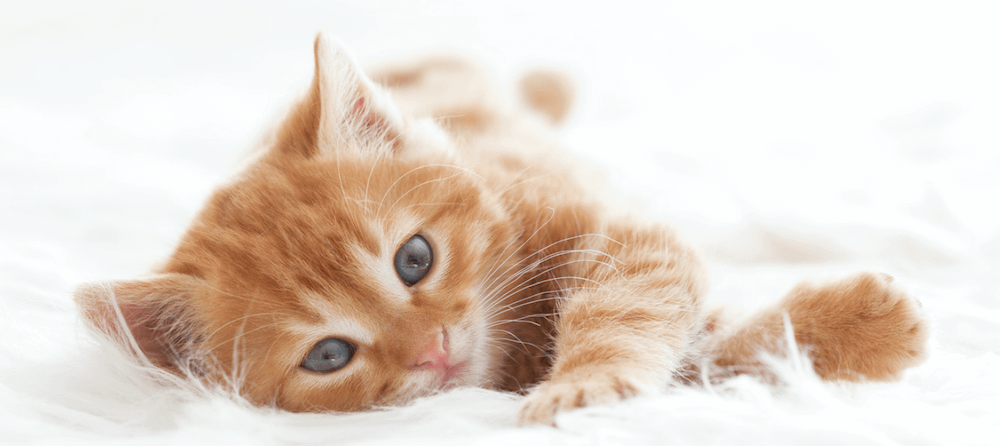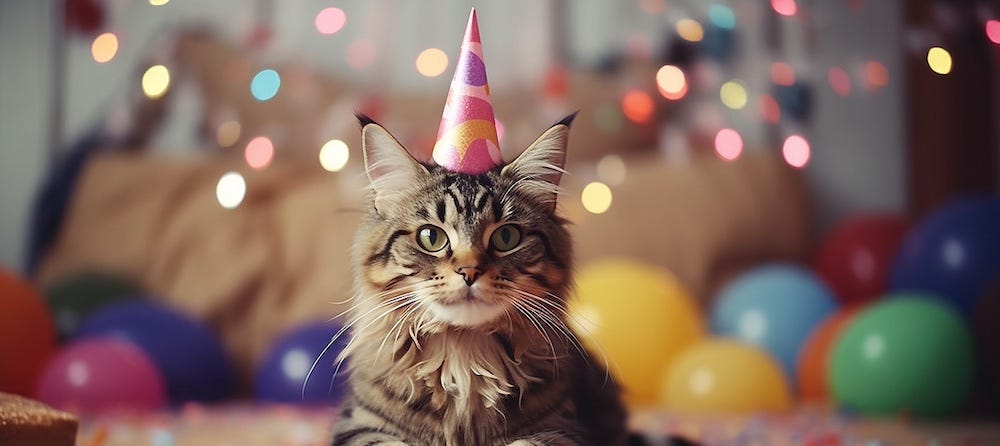This Earth Day, many of us are thinking about how we can help improve the health of our planet. And, I’m happy to say, there are plenty of things that we can do as cat parents to be environmentally conscious! To start with, keep cats indoors.
Here are a few of my favorite ways for cats and cat parents to go green!
Reduce Your Kitty’s Carbon Paw-Print
Use sun-dried, low-impact cat litter
Many clay litters are obtained by mining, which can have a serious impact on the environment. Choose a cat litter that proves it is environmentally low-impact. For instance, Litterbox.com litter is made from a sun-drying process; this makes the clay softer, preserves its powerful odor-absorbing properties, and requires only enough fossil fuel to power the tractors that turn the clay in the fields—significantly reducing its carbon footprint.
Repurpose toys
Are you weeding out your cat’s old toys, beds, or other gear? Rather than throw everything away, consider donating anything that’s still useable to a rescue group or shelter.
Use Earth-friendly toys and bedding
Look for toys, scratching posts, and beds that are made from recycled materials. Or you could even repurpose things around the house to create your own. Most cats will have a ball romping around in a simple cardboard box or chasing a crumpled up piece of paper across the floor! Just make sure not to give kitty string or anything else that could be dangerous to play with.
Recycle cat food containers
To cut down on packaging waste, buy your cat’s food in the largest possible size. Then recycle empty bags or cans.
Protect Wildlife — Keep Cats Indoors
If you keep your cat inside, chances are that his purr-sonal safety played a big part in your decision. After all, indoor cats tend to live much longer, healthier lives than those who go outside. Outdoor kitties are at risk from traffic, predators, other cats, and diseases like rabies or FIV. But it turns out that, in addition to the dangers they face outside, outdoor cats can also have quite an effect on local wildlife!
Cats are natural predators, and even a well-fed kitty will frequently indulge his instinct to hunt. It’s only to be expected that outdoor cats (or those who slip outside from time to time) will do what they were born to do. Even kitties who sit on a porch can still injure or kill small animals like birds, lizards, or frogs that venture too close.
Still, you may ask, how much damage could our sweet little kitties really do?
Believe it or not, quite a bit! Take the bird population, for example. Birds aren’t just pretty to look at. They also spread seeds, pollinate flowers, and control pesky insects. But they also just happen to be a favorite target of outdoor cats.
According to a study published by the Smithsonian Conservation Biology Institute and the US Fish and Wildlife Service, every year cats in the US kill an average of 2.4 billion birds! Cats with owners are only responsible for about 31% of those, but that’s still a whopping 744 million birds—and many of those may be species that are protected or endangered.
Cats can also have a big impact on other small animals, like frogs, mice, and squirrels. As a matter of fact, the same study reported that cats kill 12.3 billion mammals every year. Yikes! Even if you consider some of these critters to be a nuisance, they are an important source of food for hunters like foxes, hawks, and owls.
From a safety standpoint and from an environmental standpoint, the best place for our feline friends is in the house. And that’s fine with me—I know that if my girls, Turdie and Olivia, are inside, they’ll be safer and much easier to find when I’m in the mood for some kitty cuddles!
Guest post by Kristen Levine Pet Living, the place for stories, science & advice for living happier and healthier with pets.
Recommendations









